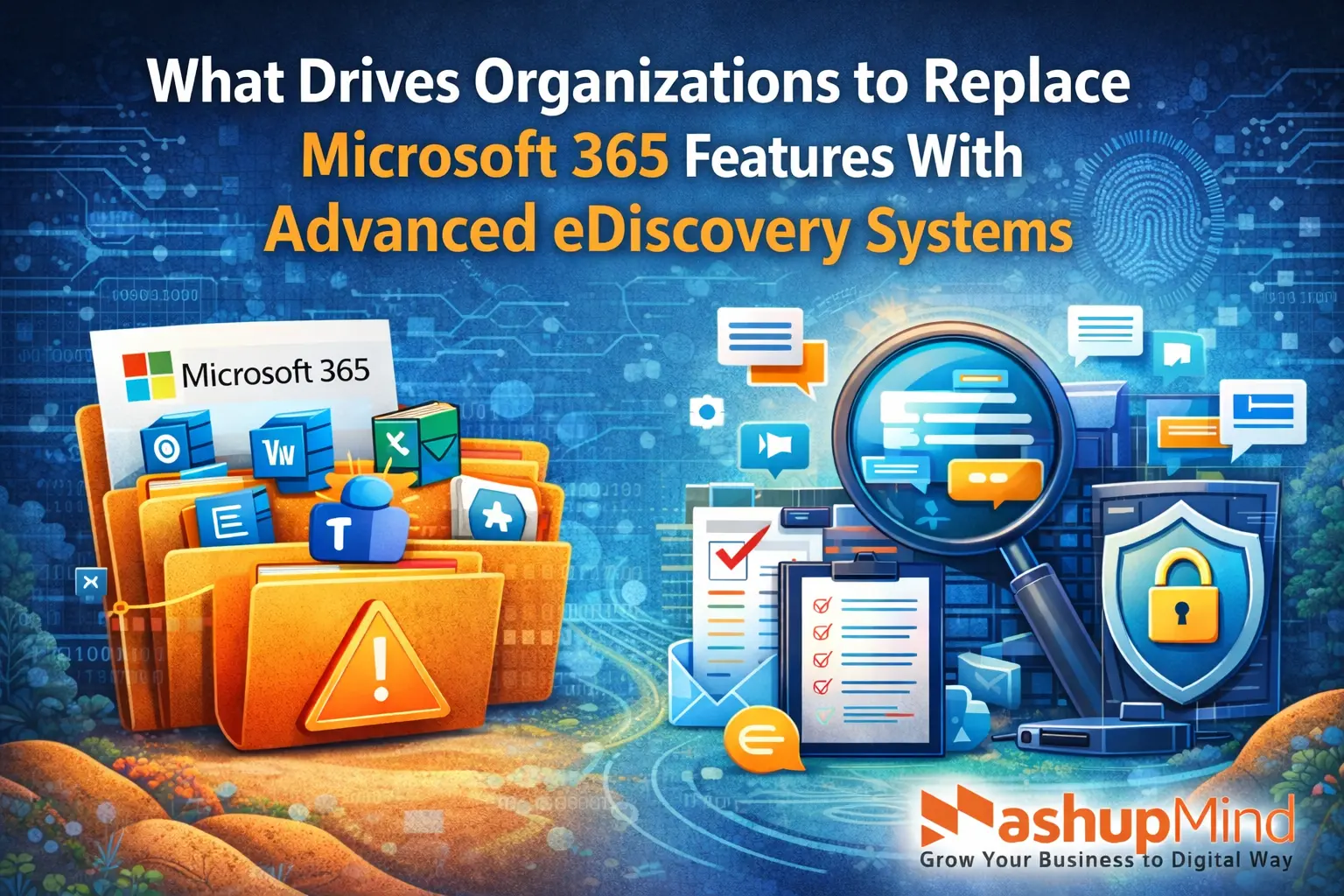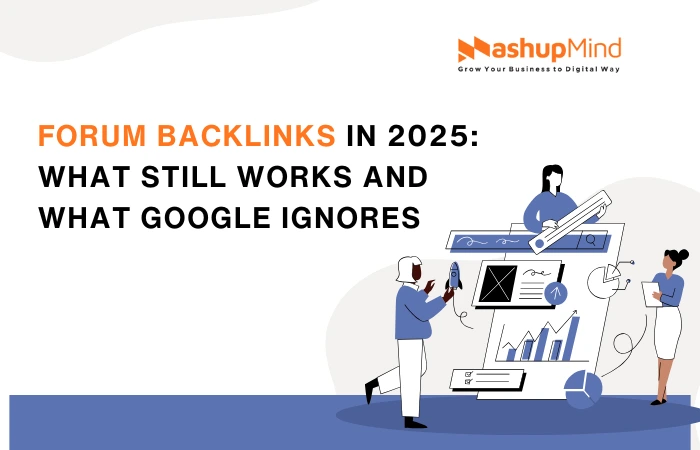Imagine using a powerful computer… but it’s not sitting on your desk. It’s not even in your house. You’re just looking at a screen, and all the work is being done somewhere else—maybe in another city or even another country. That’s basically what a virtual desktop is. It’s a way to use a computer that isn’t physically near you. But it still feels like you’re working on it normally.
It might sound a little strange at first, but this kind of setup is becoming more common, especially with remote work and online learning becoming part of everyday life. So let’s break it down in a way that makes total sense, even if you’ve never heard of it before.
You’re Using a Computer… That Isn’t Yours?
A virtual desktop is just what it sounds like: a desktop you can use, but it’s virtual. That means it’s not actually on your local device. You could be on a laptop, a tablet, or even a phone, but you’re controlling another computer somewhere else through the internet. When you move your mouse or type on your keyboard, the real computer—probably sitting in a giant data center—does all the work. Your screen just shows what’s happening.
To picture it better, think of watching a video of someone using a computer, except you are the one in control. You click, drag, type, open apps—it all feels normal. But instead of your device doing the work, a remote computer does it. This lets people access high-powered computers without actually owning one.
If you’re still curious about how the whole thing works behind the scenes, Graphon explains how virtual desktop works in a simple and helpful way. Their breakdown can give even more context to how these systems handle speed, security, and access.
Why Would Anyone Want That?
At first, it might seem pointless. Why not just use the computer in front of you? But there are a few solid reasons people go for virtual desktops.
For one, not everyone owns a powerful computer. Some people only have a basic laptop, but they still need to run big programs for work or school. Instead of buying an expensive machine, they can use a virtual desktop that’s way more powerful. All they need is a good internet connection.
Another reason is security. Since all the actual data lives on the remote computer, nothing is stored on the local device. That means if a laptop is stolen or broken, nothing important gets lost. It’s also a safer way for companies to protect their files.
Virtual desktops also make it easier to work from anywhere. Imagine logging into the same exact desktop whether you’re at home, in school, or traveling. Everything looks and works the same no matter what device you’re using.
How Does It Even Work?
The whole thing works because of the internet and something called cloud computing. That’s when computers in huge buildings called data centers do the work instead of your local device. When you use a virtual desktop, your actions get sent through the internet to that remote machine, which sends the screen image back to you in real time.
It feels super smooth if you have a decent connection. You open apps, save files, and even play certain games just like you would on a normal computer. It’s almost like screen-sharing, but way more advanced. Everything stays in sync, and you’re the one in control.
Most of the time, people use special software to access these desktops. There are even web-based versions where you can just log in through a browser. Once you’re connected, you can work as if you’re sitting right in front of that remote machine.
Who Uses This Stuff Anyway?
A lot of people and companies use virtual desktops. Schools can set them up so students all access the same system. This helps when everyone needs the same tools or programs, and it means students don’t need to install a bunch of things on their personal computers.
Businesses use them too—especially for remote workers. Instead of handing out laptops with sensitive data, companies let workers log into virtual desktops. That way, everything stays on one secure system, and nothing gets lost or leaked.
Even designers and developers who need heavy software sometimes use virtual desktops. These programs need a ton of memory and graphics power, and not everyone can afford a computer that strong. So instead, they use a virtual desktop to get access to better tools.
Is It Fast or Laggy?
One question people often ask is if virtual desktops are slow. The answer is: it depends. With a strong internet connection, it can feel nearly the same as using a regular computer. But if the connection is bad or the server is far away, it might lag or stutter.
That’s why some companies build servers in different locations, so users can connect to one that’s closer to them. The shorter the distance, the faster everything feels.
Another thing that affects speed is how many people are using the system at once. Just like with a game server or a video call, too many users can slow things down if it’s not set up properly.
Do You Have to Be a Tech Expert?
Nope. Most virtual desktop systems are made to be really easy to use. You don’t have to set up anything super complicated. Usually, you just log in, and everything’s ready to go. Some schools and companies even set them up so that everything is pre-installed—apps, tools, and even files.
Some people do get more technical with it, especially if they’re setting up a server themselves. But most users never have to worry about that part. If the system is already managed by a company or school, you just use it like any other computer.
So… Why Does This Matter?
Virtual desktops might sound boring at first, but they’re actually a huge part of how people work and learn today. They make it easier for everyone to use powerful tech without needing to buy expensive gear. They also make sure files stay safe, and let people work from almost anywhere.
Even though most people don’t think about how it works, virtual desktops are running behind the scenes in a lot of places—classrooms, offices, even hospitals. As internet speeds get better, more people will probably end up using them, even without realizing it.
What to Remember
Virtual desktops aren’t magic—but they are pretty useful. They give you access to a full computer that’s not even near you. It’s just sitting somewhere else, doing all the work while you control it from your device.
Whether it’s for school, work, or just getting things done on the go, virtual desktops can make life easier. And even though you don’t see the big servers or cables making it all happen, they’re always there, keeping your virtual space ready whenever you need it.
If you’re ever in a situation where your device isn’t strong enough or you need to log in from a different location, a virtual desktop might be the exact tool that helps you out.







